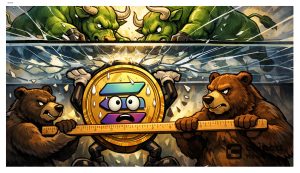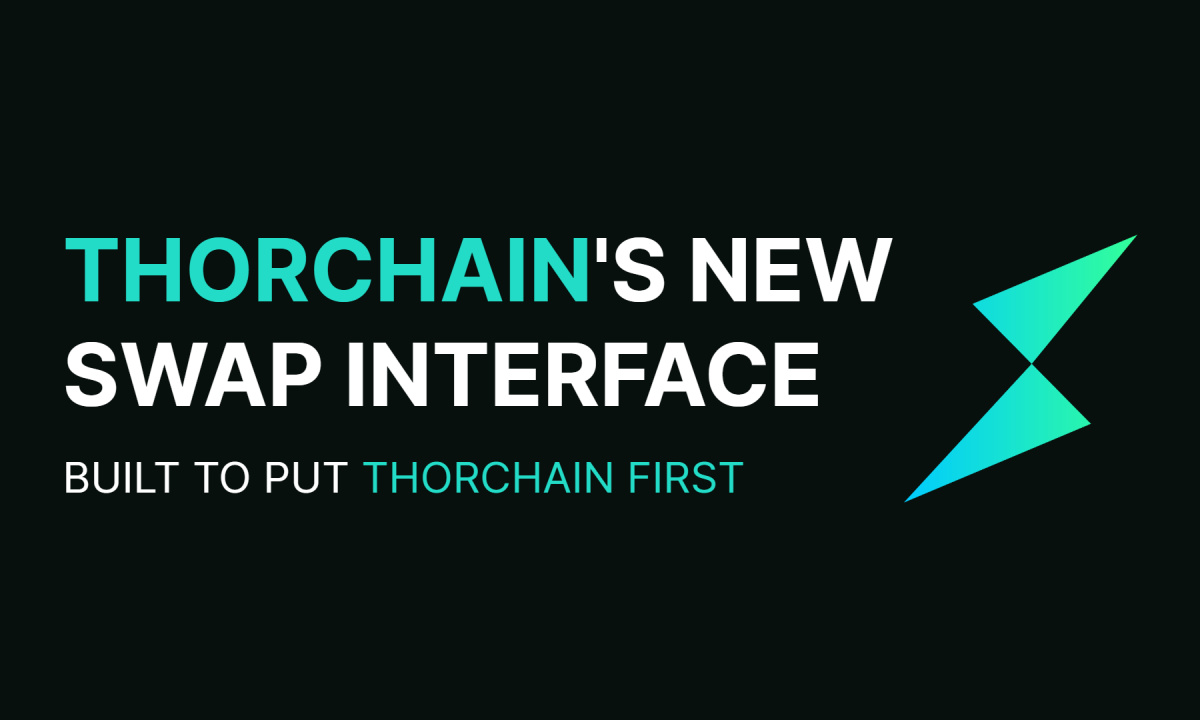The Bid-Ask Spread is a fundamental concept in financial markets, but what exactly does it mean? In simple terms, the Bid-Ask Spread refers to the difference between the highest price a buyer is willing to pay for an asset and the lowest price a seller is willing to accept for the same asset. This spread represents the cost of buying or selling an asset.
Let’s break it down further. When you want to buy an asset, you need to be willing to pay a certain price, right? That price is known as the “bid” price. On the other hand, when you want to sell an asset, you have a specific price in mind that you are willing to accept, and that’s called the “ask” price. The bid reflects the demand for the asset, while the ask reflects the supply. Market makers, who facilitate trading, buy at the bid price and sell at the ask price, making a profit from the difference between the two.
The Bid-Ask Spread is an important measure of market liquidity. It provides insight into how easily an asset can be bought or sold without causing significant price changes. Liquidity refers to the ability to convert an asset into cash quickly, without incurring substantial costs or affecting its market price. Stocks with higher liquidity tend to have narrower bid-ask spreads, making them more attractive to traders.
So, why does the bid-ask spread vary for different assets? Well, several factors can contribute to a wide bid-ask spread. One of the main factors is liquidity. When a market has sufficient liquidity for a specific security, the bid-ask spread tends to be smaller. This is because there are more buyers and sellers actively participating in the market, resulting in a tighter spread. On the other hand, less popular or unknown securities may have larger bid-ask spreads, as there may be fewer participants in the market.
To ensure a successful bid-ask spread, traders must be willing to take a position and step away during the bid-ask process. This can be achieved through the use of limit orders. A limit order is an instruction given to a broker to buy or sell an asset at a specific price or better. By using limit orders, traders can set specific prices at which they are willing to buy or sell an asset. For example, if the current bid price is $10 and the ask price is $12, a trader can place a limit order to buy the asset at $11. This allows the trader to enter the market at their desired price, rather than the current bid or ask price.
Let’s consider an example to further illustrate the bid-ask spread. Imagine you are interested in buying shares of a company’s stock. You check the market and find that the bid price is $50, while the ask price is $51. In this case, the bid-ask spread is $1 ($51 – $50). If you were to place a market order to buy the stock, you would buy it at the ask price of $51. However, if you were to place a limit order to buy the stock at $50.50, you may be able to purchase it at a lower price. The bid-ask spread represents the cost you incur when buying or selling assets in the financial markets.
Understanding the bid-ask spread is crucial for traders and investors alike. By being aware of the spread, traders can make more informed decisions about when and how to enter or exit a trade. It also helps investors assess the overall liquidity of an asset, as narrower spreads indicate higher liquidity and potentially lower trading costs.
In conclusion, the bid-ask spread is the difference between the highest price a buyer is willing to pay for an asset and the lowest price a seller is willing to accept for the same asset. It is an essential measure of market liquidity and represents the cost of buying or selling an asset. Traders can use limit orders to set specific prices at which they are willing to buy or sell, optimizing their entry and exit points. Understanding the bid-ask spread is crucial for anyone participating in financial markets, as it provides valuable insights into market dynamics and trading costs.














